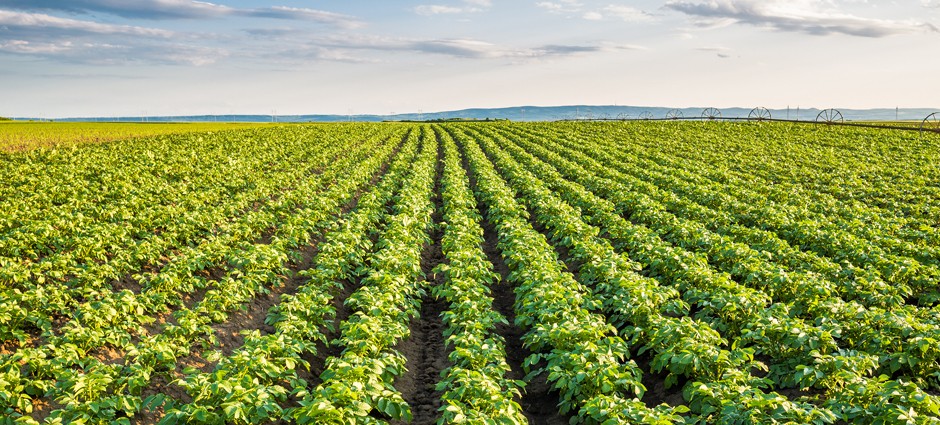John Gerard, a British collector of rare plants, once received a gift of tuber roots from an American friend in the late 1500s. Gerard’s book “The Herball” has this entry: “It grows spontaneously in America where Clusius has reported, it has been discovered. …we can call them potatoes of the America or Virginia.”
Unfortunately, Gerard was misled. Despite being dubbed “Potatoes of the Virginia,” potatoes did not originate in North America. Evidence of domesticated wild tuber crops dates back millennia. Farmers from the Andes created a staple which involved exposing potato flesh to a series of freeze-thaw cycles then squeezing out excess water. This gnocchi-like substance, called chuño, did not require refrigeration and remained edible for years. It provided nourishment for traveling armies. Incan armies.
See also All Types of Tubers: A Guide to Potato Types.
A European Debut
This pioneering new food would not break European soil until the mid-1500s when samples were brought back to Spain by conquistadors. Spanish farmers quickly adopted the strange root-like vegetable and within 30 years harvested crops large enough to export. By the 1600s, the potato had spread across Europe including France, Italy, Austria, England, Germany, and Switzerland. The potato first appeared in scientific literature in 1596 when a Swiss naturalist Gaspard Bauhin documented an official description and gave it the scientific name Solanum tuberosum esculentum.
Around the same time Bauhin awarded a scientific name and Gerard assigned it the “Virginia” misnomer, the British explorer Sir Walter Raleigh introduced the potato to Ireland. This is the point in history when that the potato began to impact agriculture, politics, and quality of life.
Europe was no stranger to famine. Between 1500 and mid-1600, European countries suffered large-scale famines nearly once a decade. Enter the potato. Farmers discovered they could plant potatoes in their normally fallow land with excellent and steady results. Famine became a thing of the past. And potatoes found their way onto dinner plates worldwide.
The Irish Impact
To understand the enormous impact of potatoes fast forward a couple centuries. By the early 1840s the potato was a major staple in the Irish diet. In 1854, the year of The Great Starvation, crops were destroyed by a relentless blight. Crop losses resulted in the deaths of more than one million people. Governments soon began to realize this new tuberous plant was essential to survival.
As American as Apple Pie
It wasn’t until 1872 that the potato industry, especially in the state most associated with potatoes (Idaho), showed signs of becoming the monoculture we know today. It all started when Luther Burbank, an American horticulturist, developed a disease resistant hybrid potato. He called them Russet Burbanks.
Today Solanum tuberosum grows in all 50 states, is a major industry in 125 countries, and is the fourth most common crop worldwide (after wheat, corn and rice). Long live the potato!


